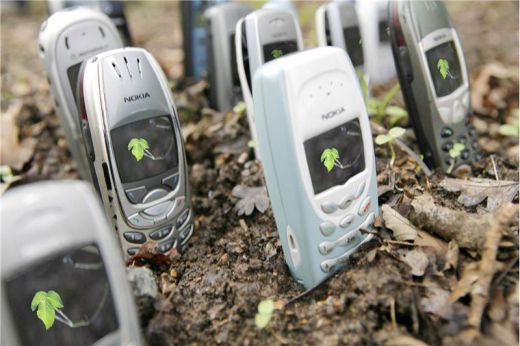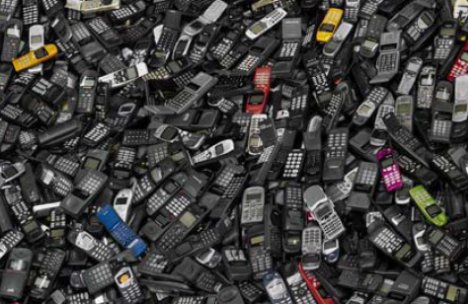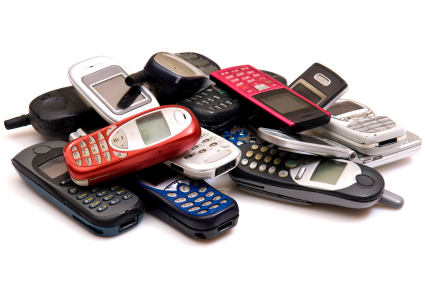Mobile Phone Recycling Biography
Source(google.com.pk)
2014 will be a remarkable year: for the first time in history, the number of mobile telephone subscriptions will exceed the number of people on earth. While the developed world will be oversaturated with each person alive owning a statistical 1.3 phones, the 89% saturation rate for developing countries is equally stunning. And with phone replacement cycles of less than two years becoming the norm, the amount of mobile phones being recycled every year is growing sharply. This is also a trend spreading to tablet computers and “phablets” (phone/tablet combinations) which are replacing personal computers in many areas.
This week’s Tech Metals Insider guest is Mike Riess, president of Materials Management Corp. and publisher of the online Electronics Recycling Directory, a website for all participants and counterparts in the electronics recycling industry. As a unique feature of this website, collectors will find current pricing for many different categories of scrap materials as a free service.
“Most cellphones are consumed whole”, explained Riess, meaning that circuit boards and other more valuable components are not separated from the devices for recycling. “The industry watershed is at a level of about 100 grams of precious metal per ton of scrap”. And while computers contain primarily gold, cellphones have a higher palladium content. “The transition from computers to tablets comes with particular problems since many tablets are glued, not screwed together”, Riess added. This, together with continuously reduced usage of metals, leads to more and more products falling below the 100 gram line making recycling more complicated.
Theoretically, rare earth metals can be reclaimed using current recycling technology but the separation is difficult and thus very costly. Regardless, “there is no shortage of rare earths”, said Riess, “the problem is separation. It’s what research has been focusing on for the past two decades. Separation and the fact that many of these metals are mildly radioactive”, to which, sadly, today’s answer still is “human sacrifices”, as Riess called it.
The bottom line? Unresolved research and technology issues in primary production as well in the recycling are, where the cost of collection and recycling weighs heavier every year on the recycling industry in light of the growing volume to value ratios.
Mobile Phone Recycling Phone Wallpapers Icon Backgrounds Cases Wallpapers Hd Logo Call Numbers Booth Symbol Images Phones

Mobile Phone Recycling Phone Wallpapers Icon Backgrounds Cases Wallpapers Hd Logo Call Numbers Booth Symbol Images Phones

Mobile Phone Recycling Phone Wallpapers Icon Backgrounds Cases Wallpapers Hd Logo Call Numbers Booth Symbol Images Phones

Mobile Phone Recycling Phone Wallpapers Icon Backgrounds Cases Wallpapers Hd Logo Call Numbers Booth Symbol Images Phones

Mobile Phone Recycling Phone Wallpapers Icon Backgrounds Cases Wallpapers Hd Logo Call Numbers Booth Symbol Images Phones

Mobile Phone Recycling Phone Wallpapers Icon Backgrounds Cases Wallpapers Hd Logo Call Numbers Booth Symbol Images Phones

Mobile Phone Recycling Phone Wallpapers Icon Backgrounds Cases Wallpapers Hd Logo Call Numbers Booth Symbol Images Phones

Mobile Phone Recycling Phone Wallpapers Icon Backgrounds Cases Wallpapers Hd Logo Call Numbers Booth Symbol Images Phones

Mobile Phone Recycling Phone Wallpapers Icon Backgrounds Cases Wallpapers Hd Logo Call Numbers Booth Symbol Images Phones

Mobile Phone Recycling Phone Wallpapers Icon Backgrounds Cases Wallpapers Hd Logo Call Numbers Booth Symbol Images Phones

This comment has been removed by the author.
ReplyDelete